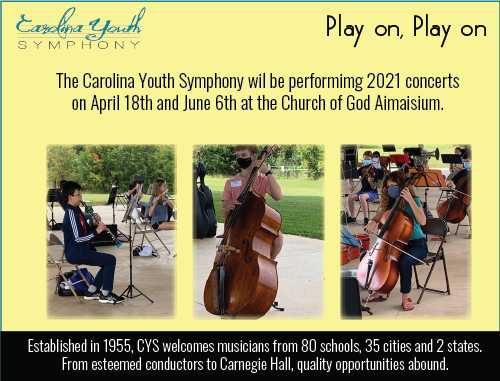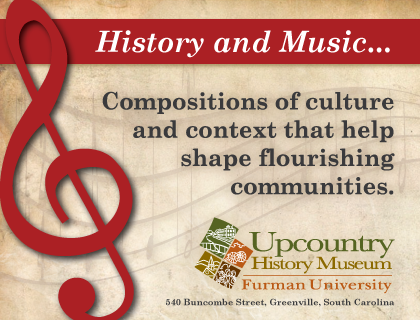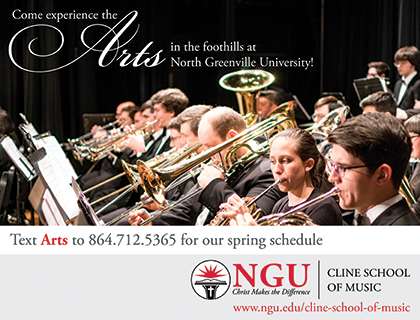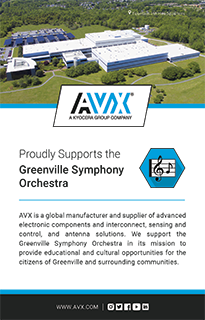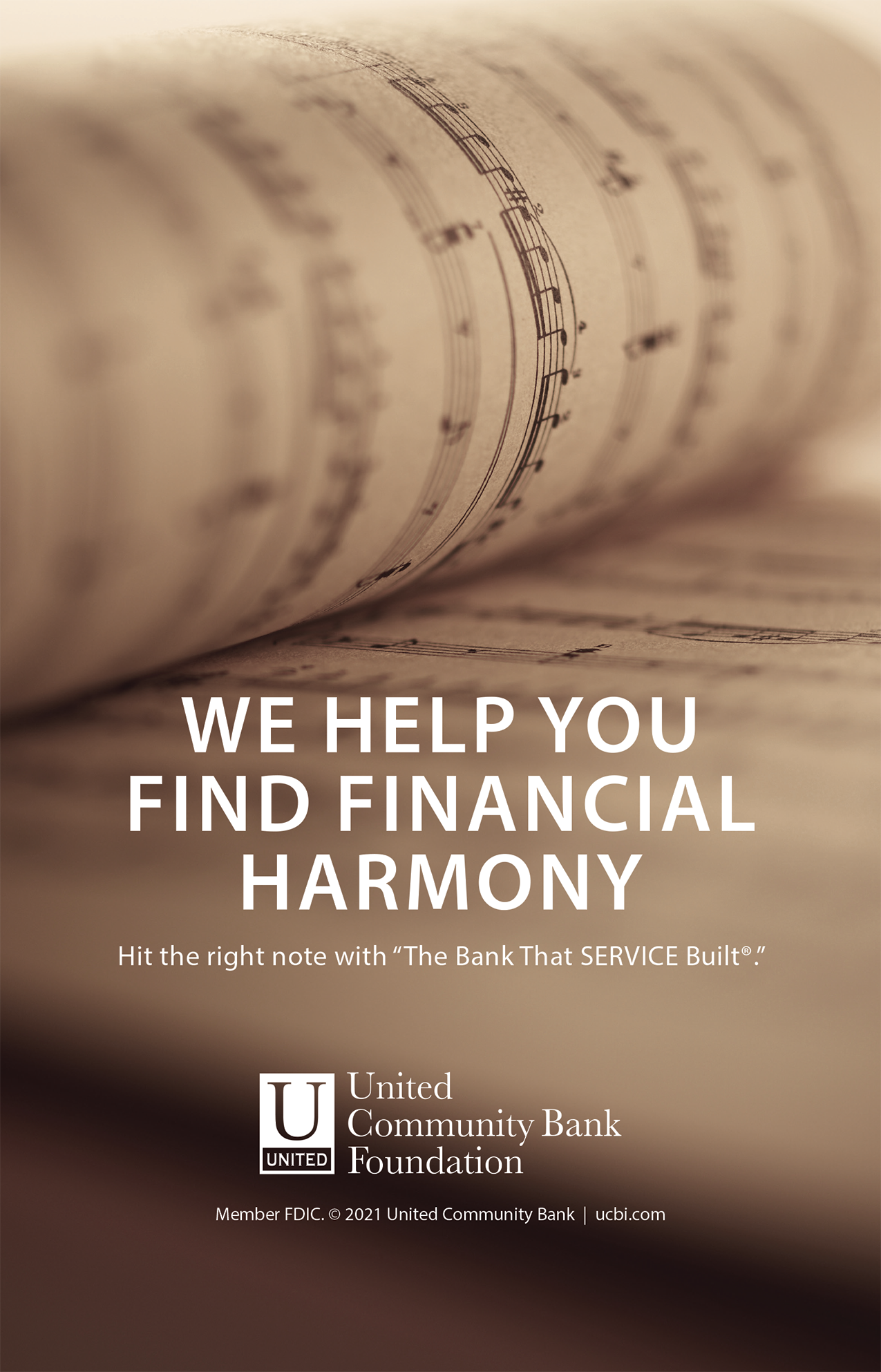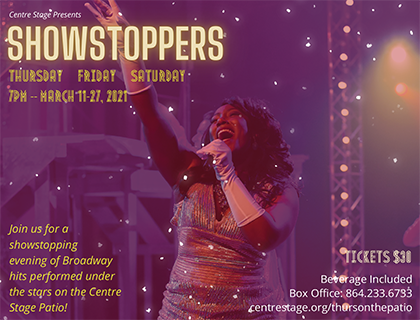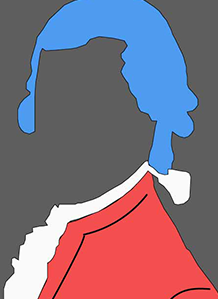
ALL MOZART
Saturday, March 13, 2021 at 8:00 p.m.
Sunday, March 14, 2021 at 3:00 p.m.
Peace Concert Hall
Edvard Tchivzhel, conductor
Caroline Ulrich, flute
|
W.A. Mozart |
Overture to Abduction from Seraglio, K. 384 |
| Concerto for Flute in G, K313 | |
| Symphony No. 39, K. 543 |
Sponsored by Ann & Michael Chengrian
This General Operating Support Grant program is funded in part
by the Metropolitan Arts Council with grants received from the City of Greenville, the South Carolina Arts Commission whichreceives support from the National Endowment for the Arts and private donations.
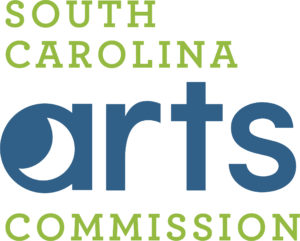
This organization is funded in part by the
South Carolina Arts Commissionwhich receives support
from the National Endowment for the Arts.
MOZART
Program Notes by Paul Hyde
Wolfgang Amadeus Mozart (1756-1791)
“The Abduction from the Seraglio” Overture
Mozart composed a rambunctious little overture for his 1782 opera “The Abduction from the Seraglio.” With the addition of instruments associated with Turkish music – cymbal, drum and triangle – Mozart thought it a clangorous affair as well.
He wrote to his father from Vienna: “It modulates on and on, from key to key so that I don’t believe anyone could fall asleep, even if he hadn’t slept at all the whole night before.”
The overture and the entire opera are products of some of Mozart’s happiest years. He was 26 years old, had just left the service of the arrogant Archbishop of Salzburg and moved to Vienna. There, the premiere of “The Abduction from the Seraglio” had proven a big hit. At the time, the young composer also was deeply in love with the woman who would become his wife.
The opera itself centers on a Spanish nobleman’s attempt to rescue his fiancée from Turkish captivity — thus, the aforementioned Turkish instruments, which held a special appeal for the public in the Vienna of Mozart’s time. The overture itself seems to speak of tiptoes down the hall and hairbreadth escapes.
The overture is built upon the spirited theme heard at the beginning. That main subject alternates with more lyrical themes from the opera.
Mozart
Flute Concerto No. 1 in G
Mozart professed not to like the flute as a solo instrument, but he wrote some beautiful concertos for it.
The 21-year-old composer composed this charming Flute Concerto in 1778 on commission for the Dutch flutist Ferdinand De Jean. As an amateur, De Jean expected something easy. Instead, he got this piece, which despite its lyrical fluidity, makes considerable demands on the soloist.
The concerto is written in the traditional three movements:
- Allegro maestoso. The orchestra announces the main themes of the first movement, beginning with the most prominent of them all – a melody that manages to be both majestic and tripping. When the flute takes on this principal theme, it weaves a garland of variations. Flute soloist and strings engage in a lively, extended dialogue. A reprise of the basic themes leads to a cadenza, which Mozart left free for the soloist to display her art.
- Adagio ma non troppo. The songful slow movement is a gem. A solo oboe in the orchestra intones the gentle first theme, which is soon taken up by the solo flute against muted strings, creating a nocturnal mood. Mozart provides contrast with a yearning, upward-reaching second melody. Mozart adds another cadenza for the soloist before launching into the finale.
- Rondo: Tempo di Menuetto. The flute soloist introduces the spirited dominant theme of the movement. Characteristic of a rondo, this main theme returns several times, alternating with other material. The solo flute’s leaps and running passages seem designed to test a virtuoso’s technique. Following a flurry of challenging episodes for the soloist, the concerto concludes, surprisingly, on a note of quiet grace.
Mozart
Symphony No. 39
Mozart’s last three symphonies, Nos. 39-41, are considered his greatest but were written in a time of financial distress for the composer. In the summer of 1788, Mozart wrote a series of humiliating letters to a fellow Freemason, the well-to-do merchant Michael Puchberg, begging for one loan after another. The kindly Puchberg often obliged.
Yet the Symphony No. 39 gives little hint of Mozart’s desperation. It’s a sunny work, imbued with the spirt of Italian comic opera. Mozart transformed his despair into works of great beauty and joy.
It’s cast in the traditional four movements.
- Adagio—Allegro. The long, slow introduction is majestic and dignified but tinged with an air of mystery and anxiety. The following allegro, dominated by two flowing themes, establishes a mood of warmth and good cheer that abides for the rest of the movement.
- Andante. The slow movement toggles between pastoral innocence and gentle melancholy. In the middle section, the music becomes momentarily more passionate, but the reflective mood soon returns. Mozart’s rich array of themes is derived, for the most part, from the opening four-measure theme.
- Menuetto: Allegretto. The third-movement minuet is both stately and robust. The middle section features a songful dialogue between solo clarinet and flute.
- The finale is a marvel of energy, with a momentum that rarely flags, even in its quiet moments. The entire movement, full of wit and high spirits, is built upon the breezy initial tune. The finale races to an exuberant conclusion.
Paul Hyde is the Public Information Director for the College of Architecture, Arts and Humanities at Clemson University. A graduate of Clemson with a bachelor’s degree in English, he has done post-graduate work at Harvard University. Paul writes frequently for the Greenville Journal and other publications. Follow Paul on Facebook and Twitter: @PaulHyde7.
VIOLIN
Xiaoli Saliny,
Concertmaster
Leila Cunningham Roe Endowed Chair
Sarah Land Assistant,
Concertmaster
Uwe Diestel Endowed Chair
Inez Hullinger Redman
David Strassberg
Carol Roosevelt
James R. Johnston
Essena Setaro
VIOLIN
Joanna Mulfinger,
Principal
Catherine Hazan,
Assistant Principal
Teresa M. Curran
Emily Kirkpatrick
Felix Farrar
David Edwards
Elizabeth Fee
VIOLA
John Young Shik Concklin,
Principal
Erika and Chuck Riddiford Endowed Chair
Scott Garrett,
Assistant Principal
Kara Poorbaugh
Michael Holub
CELLO
Ismail Akbar,
Principal
Guild of the Greenville Symphony Endowed Chair
Ryan Knott,
Assistant Principal
David Saliny
Cynthia Sulko
DOUBLE BASS
Tim Easter,
Principal
Anonymous Endowed Chair
Todd L. Beal,
Assistant Principal
Jonathan McWilliams
FLUTE
Lauren Vaughn,
Principal
Alice and Jerry Lenz Endowed Chair
Esther Waite
OBOE
Virginia Zeblisky Metzger,
Principal
Guild of the Greenville Symphony Endowed Chair
Kelly Mozeik
CLARINET
Anthony Marotta,
Principal
Harriet and Jerry Dempsey Endowed Chair
Kyra Krenitsky Zhang
BASSOON
Lauren Piccirillo Waid,
Principal
Anonymous Endowed Chair
Stephanie Lipka
HORN
Anneka Zuehlke-King,
Principal
Charles W. Wofford and Nancy B. Thomas Endowed Chair
Elizabeth Regas
TRUMPET
Phillip Elkins,
Co-Principal
Beverley and Jim Whitten Endowed Chair
Kevin Lyons,
Co-Principal
TIMPANI
Daniel Kirkpatrick,
Principal
Nancy B. Stanton Endowed Chair
PERCUSSION
Edward C. Nagel,
Principal
Gary Robinson
Rick Blackwell
PRODUCTION MANAGER
Laura Auvil
PRINCIPAL LIBRARIAN
John Wickey
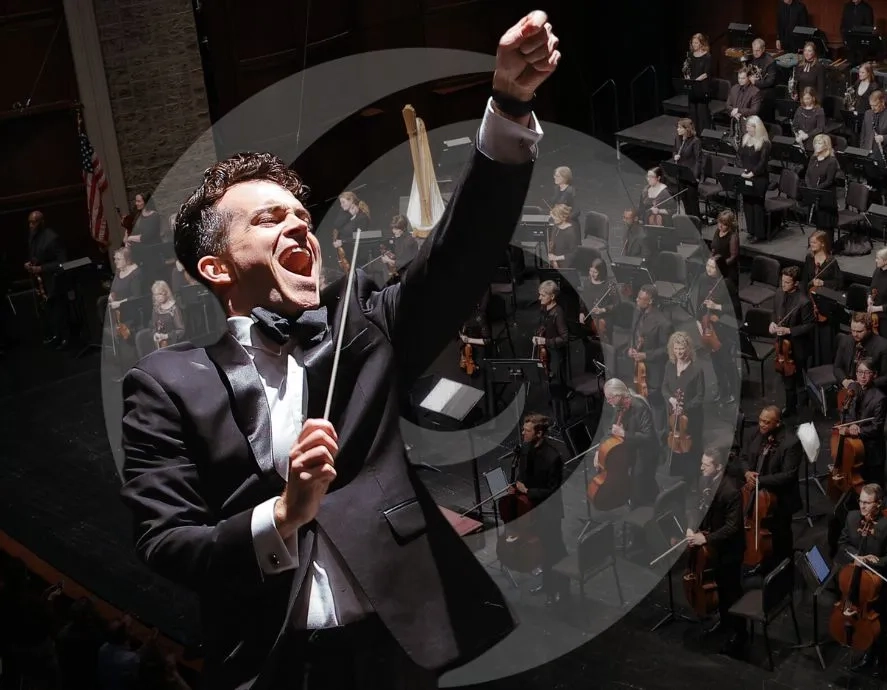
Concert Hall Series
Saturday performances at 7:30 pm
Sunday at 3:00 pm
Opening Night: Beethoven’s Ninth
October 5 & 6
Grieg’s Piano Concerto
November 23 & 24
Tchivzhel Conducts Tchaik 4
January 25 & 26
Duke Ellington’s The River
March 1 & 2
Jacqueline Tso plays
Bruch’s Scottish Fantasy
April 5 & 6
Beethoven and Brazil
May 10 & 11
Gunter Theatre Series
Performance start times vary
Peter and the Wolf
November 9 & 10
The Marriage of Figaro
February 15 & 16
Movers, Shakers, and Noise-Makers
March 22 & 23
Bach-Inspired with Violist Kathryn Dey
May 24 & 25
Special Events
Holiday at Peace
Peace Concert Hall
December 6 at 7:00 pm
December 7 at 1:00 & 7:00 pm
December 8 at 2:00 pm
Harry Potter and the Prisoner of Azkaban™ in concert
Peace Concert Hall
January 11 at 1:00 pm and 7:00 pm
January 12 at 2:00 pm
Star Wars: The Empire Strikes Back in Concert
May 4 at 7:00 pm
Bon Secours Wellness Arena
Music at Hotel Hartness
A luxe chamber music experience in a beautiful space.
Performances at 7:00 pm
Dracula! with Special Guest Dacre Stoker
October 23
Musical Landscapes
April 23
Music in the Gray Loft
Enjoy lunch or wine with a friendly, casual chamber music experience.
Performances at 12:00 and 5:30 pm
Dracula! with Special Guest Dacre Stoker
October 24
Musical Landscapes
April 24
Details and tickets available at greenvillesymphony.org
